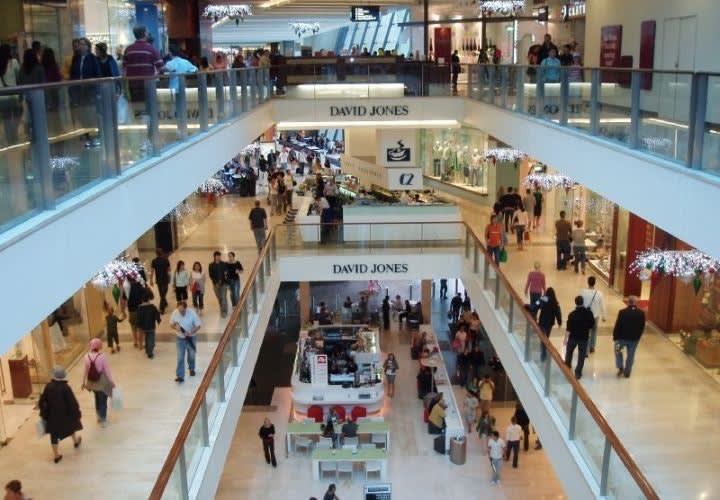Access control is the primary tactic facilities need to cement in their operational plans. Controlling access is a mindset as well as a physical reality. You have to have a mindset of exactly how and who you want to allow in and who you want to keep out—then build the barriers around that. If you set up walls but let everyone in, what's the use?
Commercial establishments face a daunting challenge to meet this goal, but it can be done. Malls and other commercial facilities can be constructed to impede access and provide areas to implement control measures. These measures could include access point configurations, placing barriers at entrance locations and establishing visibility of those points.
For existing buildings, create locations where you can impede an attack's flow with gates, obstacles, and doors that provide a deterrent to an attacker. They want easy access and the more they have to fight in, the longer it gives responding police time to get on scene and engage the threat. That should be your goal. These facilities need to create delay to allow the cavalry time to get on scene and engage the threat.
An alarm will help bring police more quickly to the scene. Most schools have to dial 9-1-1 if an active shooter invades their school. There hasn't been a fire in a school since the 1950s, yet fire alarms and extinguishers are in every school and other commercial buildings. Why not active shooter or panic alarms?
"Disrupting an attacker's flow using sound and light diversions needs to be implemented. It works for police. Sound and light can overload an attacker's mind, interrupting their OODA loop and slowing them down, giving the good guys time to engage," said Clint Bruce, a former Navy SEAL and Trident Response founder.












